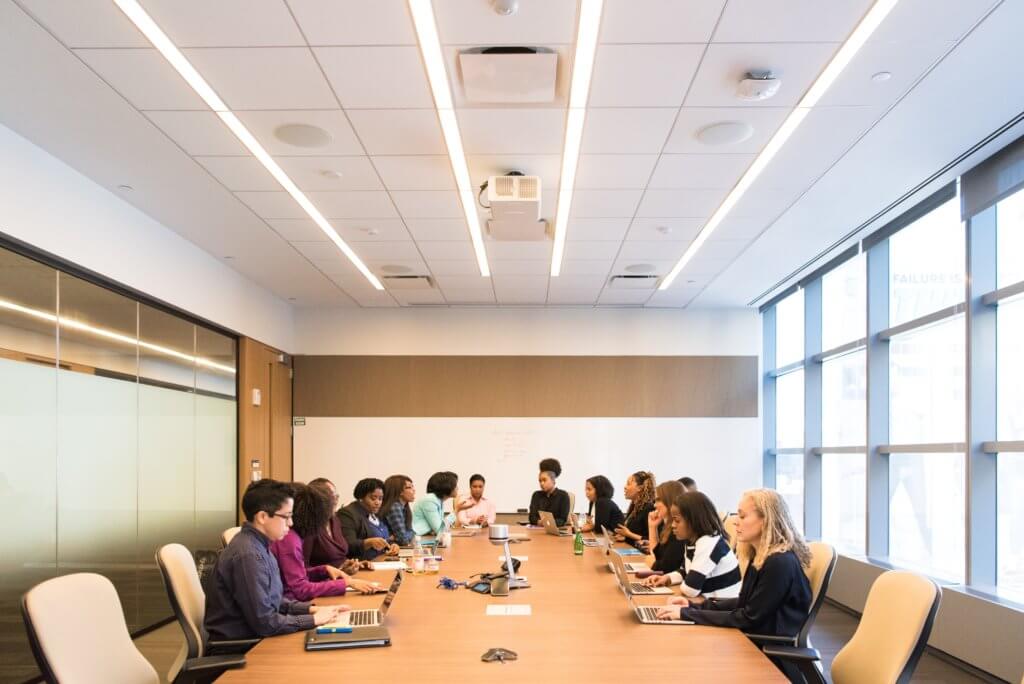
Leveraging the Hidden Asset
How to drive competitive advantage in every meeting
When accounting for assets, businesses often focus on large, tangible costs that either create value or are necessary to conduct business. However, in the last two decades, the intangible asset of people has come to be described as our most important asset. In real terms, for many organizations, the cost of the human asset is the single largest cost. Leaders also talk about talent management as a differentiator that leverages that human cost to great effect.
However, organizations often ignore the real costs of the talent asset. We know that talent is constrained by the number of hours that any person can apply in a given period. We also know that, today more than ever, complexities of matrix teams and competing priorities can diminish the focus of our people. The real cost (and perhaps the real asset we should be talking about) is how people spend their time. Traditional accounting doesn’t measure the effectiveness of the human asset from this perspective. If it did, we would be measuring the effectiveness of the amount of time that individuals spend doing administrative tasks, responding to email, and most of all, participating in meetings.
Related: The Real Cost of Bad Meetings
For a professional in a large organization, meetings can occupy 60% or more of their time at work. That implies that for our “talent asset” the largest single application of time, and therefore expense, is in meetings. Yet, most organizations do not consider the returns produced by this application of cost. In effect, the largest corporate expense is not managed for maximum return.
As organizations start to think about the way they can increase competitiveness in a complex environment, we will see a shift in how meetings are treated as an asset. Organizations are already beginning to measure “Return on Meetings” (ROM) to acknowledge the competitive advantages and hindrances surrounding meetings.
Managing an asset for maximum return requires the management of two factors. 1) The cost of the asset and 2) the return it produces. The cost, or denominator of the ROM, is easy to control. Since meeting costs are generally driven by the length of meetings, as well as the number and level of people involved, companies that are keen to reduce asset costs will focus on decision-making lower in the organization that are made faster in less time. The second factor, or the numerator of the ROM, is driven by impact created by the meeting. This can be harder to gauge but organizations are starting to focus on ways to subjectively measure impact.
I recently worked with a large FMCG company that has a goal of 75% decision-making for each meeting. That means their agendas are crafted to ensure that at least three-quarters of each meeting is advancing the organization. With a rigorous meeting attendance protocol, they are also able to optimize the number and level of people needed to make the decisions.
Related: 25 Things to Avoid Talking About in a Meeting
Leadership Strategies, Inc. is a pioneer in helping companies gain competitive advantage by delivering highly effective meetings. Through our consulting and training practice, we help leaders understand this “hidden asset” of meetings, allowing them to develop the skills and tools to become better meeting asset managers.
Better preparation, better tools and better facilitation, provide leaders with the confidence and competencies to change the ROM and create a meeting effectiveness revolution inside their organization. The payoff is enormous in terms of reduced costs, bigger impact, greater focus and a more engaged workforce.
Ready to learn how to make your meetings masterful?


